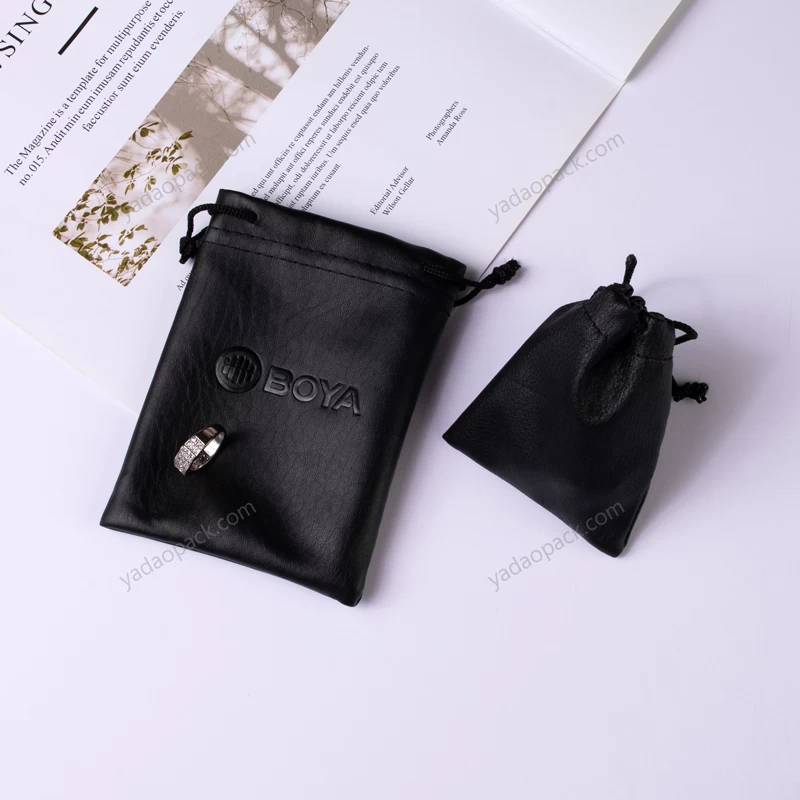How to identify natural and synthetic gemstones?
How to identify natural and synthetic gemstones?
Natural gems are often far more valuable than synthetic gems, so being able to correctly identify them is great skill. One of the best ways to tell if a gemstone is natural or synthetic is to pay attention to the type and variety of its inclusions. Certain types of inclusions are more common in natural gemstones than in similar synthetic gemstones. For example, needles, clouds, liquids, and crystals are commonly found in natural gemstones.

Synthetic gems generally have inclusions specific to how they were grown. These features include translucent to opaque color, roughness, and a reticulated appearance, which contrasts with natural, transparent, localized fissure-healing "fingerprint" inclusions. For example, co-solvents with a translucent to opaque white to yellowish granular appearance are commonly found in flux-synthesized gemstones.
Investigate inclusions in a variety of lighting environments, including: brightfield, darkfield, polarized light, and fiber optic illumination. You'll discover how gemstones respond to light-controlled pathways, revealing valuable information about inclusions. Each type of light can generate new information and help you discover information that you might have missed when using a lighting environment.
Viewing a gem through the microscope's maximum magnification lens will typically first see the table facets and then into the bottom of the gem (which often gives you an excellent view of the inclusions).
You can shake and tilt the gemstone to see it from different angles.












